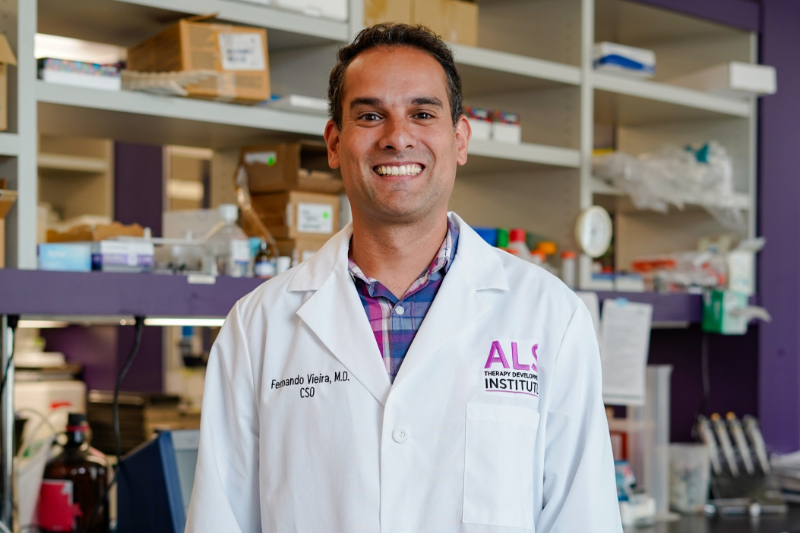Dear ALS Community,
The ALS Therapy Development Institute (ALS TDI) recently announced our discovery of a new drug target, Type I PRMTs, for ALS caused by the C9orf72 mutation. We were excited to share our recent findings with the broader ALS research community and with you, our ALS TDI supporters.
We remain in the early days with this discovery, but we are optimistic as we take steps to further advance our findings.The experiments conducted to reveal these findings were very carefully executed and repeated many times over. Still, the experiments were conducted in a single experimental system – a cell-based model.
It will require many additional steps, some of which are already underway, to translate these findings to potential treatments.
- We need to determine whether there is a single specific PRMT to target.
- There are at least six different Type I PRMTs encoded in the human genome. They have important jobs in cells that are only now beginning to be understood. Isolating a single one to target for ALS could be very important as we try to envision an effective treatment with fewer side effects.
- We need to explore Type I PRMT biology in additional model systems.
- We are working to develop and characterize additional C9orf72-related models including human induced pluripotent stem cells, zebrafish, and mouse models.
- We need to identify or invent a safe drug that can target the specific Type I PRMTs we have identified.
- The ideal drug will have properties that allow it to be delivered to the brain and spinal cord.
- We need to characterize arginine methylation and PRMT activity in people with ALS to better understand how to translate our findings into clinical application.This includes the exploration of related biomarkers.
- We will do this by analyzing blood samples collected through the Precision Medicine Program (PMP) and working with partners to analyze other human tissues.
Because we can’t complete all of these steps alone, we are developing partnerships to make progress against each of these objectives. However, that progress won’t be possible without the continued support from the ALS community.
With your continued support, I look forward to sharing the progress we make with this new discovery, and to hopefully bring us closer to new promising treatments.
With sincere gratitude,
Fernando Vieira, M.D., CSO
The ALS Therapy Development Institute
